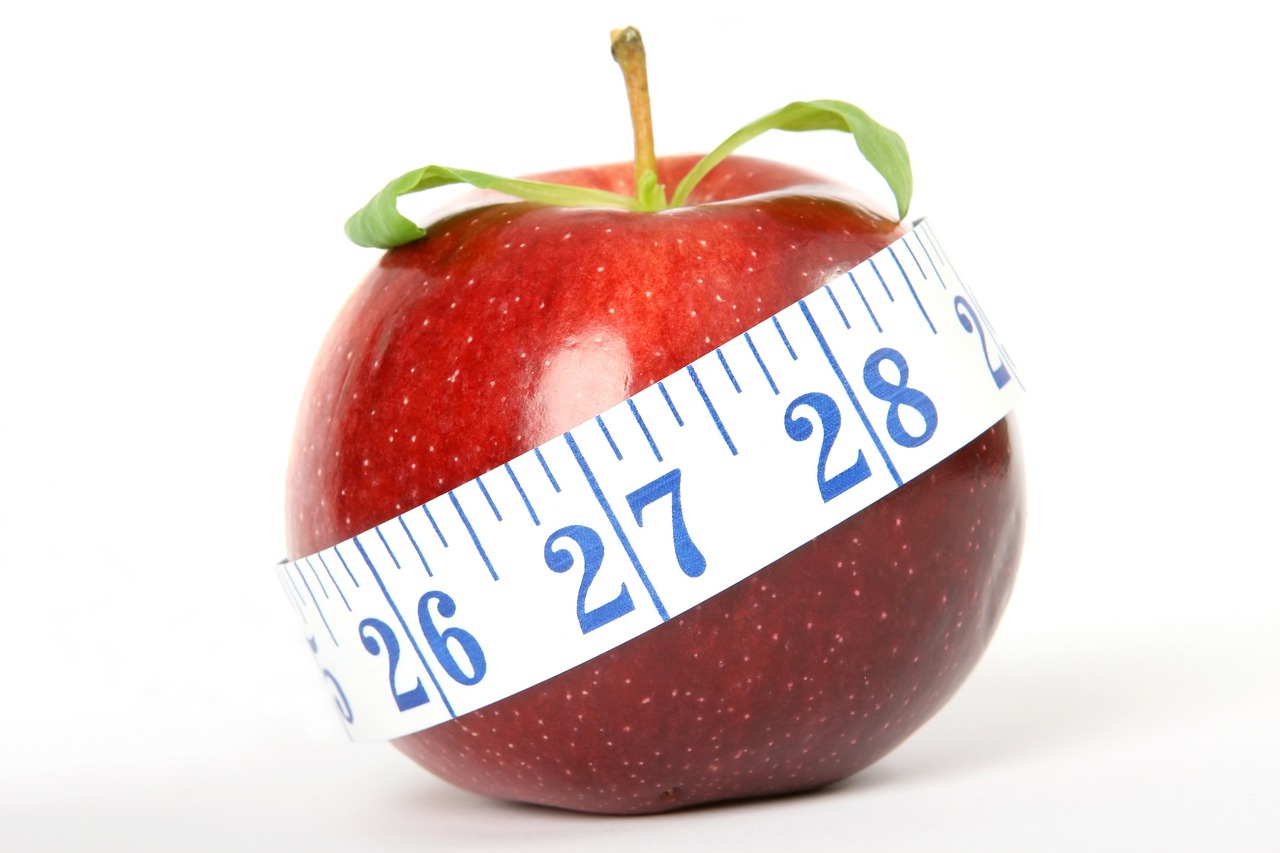If we are talking about health, it is important to not just focus on the number on the scale. The healthy weight for your body means something different for everybody. Learn when and how you can figure out a healthy weight limit in this article.
What Is The Healthy Weight For Your Body?
There is no simple answer to the question of what is the healthy weight for your body. The answer depends on a variety of factors, including your height, age, gender, and muscle mass.
A recent study published in the journal Obesity Reviews looked at data from over 200,000 people to find the ideal body weight for each person. The study found that the healthiest weight for most people is actually lower than what is typically considered to be a “healthy” weight.
For example, the average woman’s “healthy” weight would be considered to be around 140 pounds. However, the study found that the healthiest weight for a woman is actually closer to 115 pounds. For men, the average “healthy” weight would be considered to be around 160 pounds. However, the study found that the healthiest weight for a man is actually closer to 140 pounds.
The bottom line is that there is no one-size-fits-all answer to the question of what is the healthy weight for your body. The best way to determine if you are at a healthy weight is to talk to your doctor or another healthcare professional. They can help you assess your individual risk factors and make recommendations about how to achieve and maintain a healthy weight.

When Should You Work Toward A Healthier Weight?
There is no one-size-fits-all answer to this question, as the healthy weight for your body depends on a variety of factors. However, if you are carrying around extra weight that you would like to lose, there are a few general principles that can help guide you toward a healthier weight.
First, it’s important to remember that losing weight slowly and steadily is typically more successful in the long-term than crash dieting or trying to lose weight too quickly. A good goal to aim for is to lose 1-2 pounds per week. In addition, focus on making changes to your diet and lifestyle that you can stick with over the long haul – crash diets are often not sustainable in the long term and can lead to yo-yo dieting, which can be even more harmful to your health.
Finally, don’t forget that being at a healthy weight isn’t just about looks – it’s also about feeling good and having more energy. If you’re carrying around extra weight that makes you feel self-conscious or uncomfortable, working toward a healthier weight can improve your quality of life in many ways.
How Much Weight Do You Need to Lose to Be Considered a Healthier Weigh t?
When it comes to weight, there is no one-size-fits-all answer. The amount of weight you need to lose to be considered a healthier weight depends on a variety of factors, including your height, body composition, and health history.
That said, if you are carrying around extra weight, shedding even a few pounds can have a positive impact on your health. In general, the more overweight you are, the more weight you need to lose to improve your health.
For example, if you are obese (BMI of 30 or higher), losing 5-10% of your body weight can help improve your cholesterol levels, blood pressure, and blood sugar control. If you are morbidly obese (BMI of 40 or higher), losing just 10-15% of your body weight can have significant health benefits.
No matter how much weight you need to lose, it’s important to do so in a safe and healthy way. Crash diets and other extreme measures are not only ineffective in the long run, but can also be dangerous. Instead, focus on making gradual changes to your diet and lifestyle that you can stick with over time. And always talk to your doctor before starting any new diet or exercise program .
Setting Goals to Achieve Healthy Weight
When it comes to weight loss, there is no one-size-fits-all solution. What works for one person may not work for another. However, there are some general principles that can help everyone achieve a healthy weight.
The first step is to set realistic goals. If you set unrealistic goals, you are setting yourself up for failure. Instead, focus on making small changes that you can stick with over the long term. For example, instead of vowing to never eat dessert again, try cutting back to one dessert per week. Or, instead of promising to hit the gym seven days a week, commit to three days a week.
Another important principle is to focus on healthy eating habits rather than dieting. Diets often fail because they are unsustainable in the long run. Instead of going on a diet, make changes to your eating habits that you can stick with for life. Eat more fruits and vegetables, whole grains, lean proteins, and healthy fats. And make sure to drink plenty of water throughout the day.
Finally, be patient with yourself. Making lasting changes takes time and effort. But if you stick with it, you will eventually reach your goal weight and improve your overall health in the process!
Plugging in Your Numbers Into the Healthy Weight Calculator to Find Your Fittest Weight
There are a lot of different calculators out there that claim to tell you what the healthy weight for your body is. However, they don’t all use the same method or take into account the same factors. This can make it hard to know which one to trust.
The healthy weight calculator on this site is different. It takes into account your age, gender, height, frame size, and activity level to give you a more accurate estimate of what your healthy weight should be.
To use the calculator, simply enter your information into the fields provided and click “Calculate.” The calculator will do the rest and tell you what your estimated healthy weight range is.
If you’re not sure which category best describes your activity level, don’t worry. There’s a brief description of each activity level below the calculator so you can make an informed decision.
Once you have your results, you can start making small changes to your lifestyle and diet to help you reach your fittest weight. And remember, this is just an estimate. Trust your body to let you know when you’ve reached your ideal weight.
Additional Resources for Achieving Your Fittest Weight
If you’re looking to achieve your fittest weight, there are a few additional resources that can help.
One resource is the American Council on Exercise’s Body Weight Planner. This tool takes into account your current weight, height, age, and activity level to determine how many calories you need to maintain your weight, lose weight, or gain weight.
Another resource is the National Heart, Lung, and Blood Institute’s “Dietary Guidelines for Americans.” This guide provides recommendations for healthy eating based on age, gender, and activity level.
Finally, the U.S. Department of Agriculture’s “MyPlate” tool can help you create a healthy diet plan that includes the right mix of fruits, vegetables, proteins, grains, and dairy.
